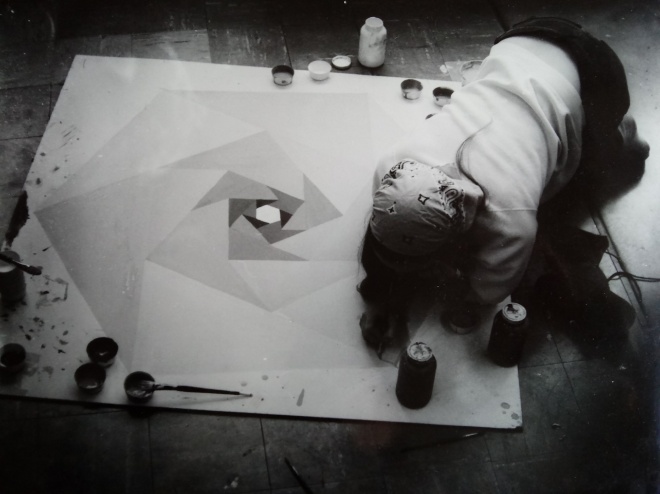In honor of National Arts Education Week, we asked our Senior Leadership Team to talk about their artistic lives, aside from their work here at CAT – and here’s what Chris Tokar, our Director of Resource Development, had to say…

I serve as the Director of Resource Development here at CAT.
My job is all about bringing resources – typically money – into the agency, via fundraising and winning and managing contracts for our services.
But the personal resources I use to get the job done grew out of my personal development in the arts.
I was always an artsy kid, and my first job at age 12 was trading my labor as an assistant for art classes at a local museum. Helping the younger students get their paints and watching the magic of red and yellow making orange never got old. Then I could pick up my own brush in the afternoon and dig into trying, once again, to get the still life right. I loved the cool ground floor studios, the smell of old paint and the shelves full of plaster models. I felt like an important part of the professional art world!

Chris, working on a painting in high school
High school and college ceramics taught me that the process is as important as the product. If you only pay attention to the final product, you miss out on a lot of the benefits of practicing the craft: the mesmerizing spinning of the wheel; the enjoyment of literally getting your hands dirty; the blurring of the lines between the creator and the creation. Plus, if you are only thinking about that mug you want to make for Christmas, and ignore the opportunity to be deeply invested in each step of the process, your final product will probably be flawed. Paying attention to how you do something and being fully engaged in it makes life richer, and makes for better work. It also gives you the freedom to be proud of what you produce, because you have invested your best intentions and efforts into making it.
But perhaps the most important thing that all of these muddy, friendly, communal art spaces taught me is resilience. When your pieces blow up in the kiln, when the shape and color aren’t quite right, when you know that you haven’t really put the spout on a teapot correctly so you throw your masterpiece into the slip bucket and start again: these are all difficult things to face, but easier in a supportive community. To try again and again builds tremendous skill and ultimately teaches you how to get consistent, desired results in almost anything. And the act of trying again and again, with a bit of a ruthless standard, can also give you unexpected gifts. You know – and you act on it – that you can do better. You understand that mistakes are more common than successes. You make mistakes that are more beautiful than your initial idea, and you learn to use these mutations and errors on purpose to build your repertoire of skills and outcomes. Nothing beats that kind of educational experience. Especially when you don’t even realize it is an educational experience.
When I talk about these experiences with my colleagues, they are mirrored in every discipline – drama, music, and dance. There is a wealth of resources that children can tap into when they are given the opportunity to engage in the arts. I love the fact that my work at CAT helps provide opportunities for thousands of NYC students each year to open the door to their potential, to develop their abilities, and to start building their own resources.
